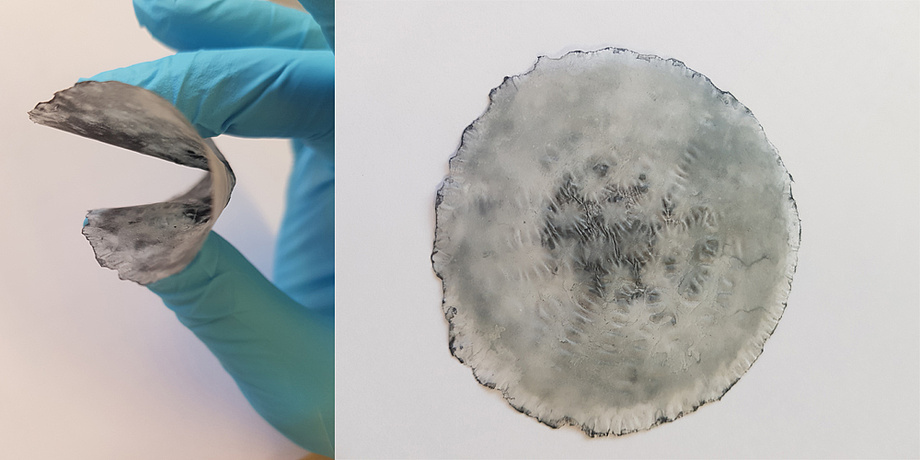In the coming years, fundamental and industry-related research as well as innovative ideas are essential to meet the ambitious goals with regard to efficiency, service life and sustainability of the whole process chain. The fuel cells and hydrogen working group is currently focusing on several approaches to tackle these challenges.
Extending Durability of Fuel Cells by Reducing Carbon Corrosion
The development of clean and noiseless propulsion systems for transport applications is crucial to provide a sustainable, internationally connected economic system. Polymer electrolyte fuel cells (PEFCs) are currently seen as a viable option for use as a power supply in electric vehicles (FCEVs), and achieve high driving ranges in combination with fast refueling, as required especially for commercial vehicles.
However, the main cost driver for current fuel cell stacks in FCEVs is the membrane electrode assembly (MEA), which still contains the precious metal platinum in the electrode catalyst. Increasing the lifetime and platinum-specific efficiency of the electrodes is therefore crucial for the commercialization. A novel concept for the reduction of precious metals through the selective coating of the carbon support material with polyaniline (PANI), a semi-conductive polymer to increase the catalyst lifetime and activity, was recently demonstrated by the working group.
The materials were synthesized in cooperation with international research partners and industry and characterized in the MEA using purposefully designed accelerated stress tests to determine performance over long-term operation. In preliminary tests, the lifetime of the catalyst was increased by +14% in comparison to a state-of the-art Pt/C catalyst. Moreover, at single-cell level a significant increase of the platinum-specific activity of +46% was identified, which consequently enables lower platinum loadings in fuel cell stacks. An international patent was successfully granted for this innovative concept, for which additional research is scheduled to further enhance the characteristics and preparation method of the PANI-coating and control the material properties in the MEA.
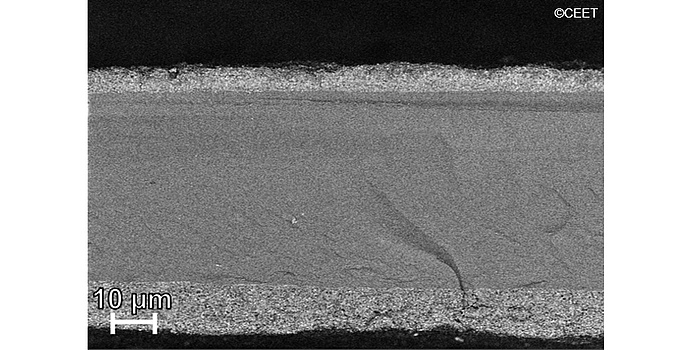
Figure 2: Catalyst-coated membrane and SEM recording of the cross-section.
New Catalyst Systems for the Substitution of Precious Metals
With the development of advanced catalyst systems, liquid fuels such as ethanol will in future also be used in polymer electrolyte fuel cells for a clean energy supply in mobile and stationary applications. Direct ethanol fuel cells promise advantages regarding high performance, low toxicity and environmental friendliness as well as robustness. However, concerning the significantly lower efficiency compared to other fuel cell technologies, such as PEFCs, the development of enhanced catalysts and membrane development is crucial in order to enhance the performance, durability and costs.
In the ongoing project, the performance of the membranes is improved by adding functionalized graphene oxide (GO) to new anion-exchange membrane composite materials by using simple papermaking and coating procedures. The properties of graphene oxide, such as a large surface area, high electrical conductivity, corrosion resistance and the ability to be chemically modified, make the material interesting as a carbon support. Moreover, graphene is very cost-effective compared to other carbon supports as it can be produced from common graphite. Special methods for doping the membranes with GO are proposed to further increase the ionic conductivity as well as their chemical, thermal and mechanical stability and reduces the ethanol crossover in the cell.
The synthesized and advanced functionalized graphene-based electrode materials are now used for the development of novel membrane electrode assemblies (MEAs), an evaluation of the influence of production parameters and cell design on the performance of MEAs and their final characterization on cell level.
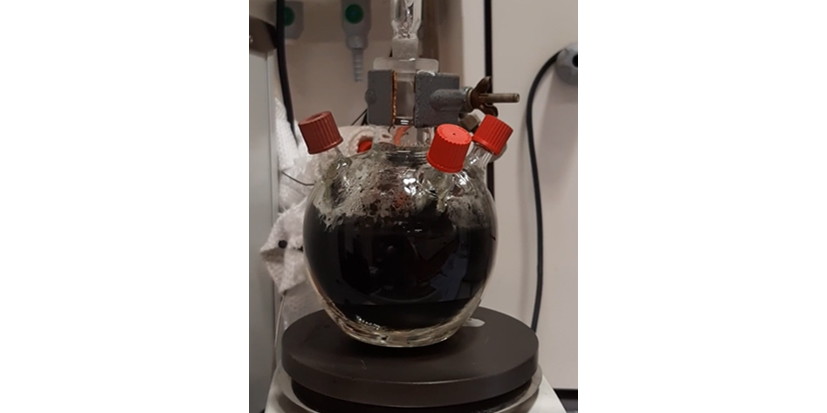
Figure 3: Synthesis of corrosion-resistant carbon supported catalyst for PEM fuel cell electrodes.
Advanced Oxygen Carrier for the Production of High-Purity Hydrogen
Besides research on electrochemical cells, the research group focuses on the development of chemical looping hydrogen, a process formerly known as the steam iron process. In this process, the production of high-purity hydrogen is made possible by the ability of iron oxides to act as an oxygen transmitter between its reduction with reductive gases and its reoxidation by steam. In the latter, the binding of the oxygen atom from water in the iron oxide results in the release of pure hydrogen.
The challenge lies, among others, in the optimization of suitable thermally and chemically stable metal oxides. The strongly fluctuating, high process temperatures in the range of 600-1200°C as well as the constant chemical transformation by the incorporation and removal of oxygen in the metal lattice permanently induces structural changes and phase transformations. The addition of high-melting inerts such as aluminium oxide, silicon oxide or zirconium oxide is inevitable to preserve the mechanical integrity and oxygen exchange capacity of the metal oxides, in order to obtain long-term stable materials for later industrial applications.
Recent research focused in particular on the improvement of the preparation route for oxygen carriers regarding their mechanical integrity and oxygen capacity. The results indicated that the pre-treatment of the applied materials, often highly prioritized in the literature, had less influence in the long run compared to the chemical composition and the process conditions. Also, the oxidation state of the applied oxygen carrier was identified as significantly influencing the mechanical strength of the porous pelletized materials, which hence determines the preferred oxidation state during storage.
The use of other metal oxides as a chemical intermediate to separate oxidizing media from the fuel has also been proposed for other high-temperature processes in the field of fuel conversion, such as biomass combustion for heat generation or synthesis gas production from biomass or hydrocarbon reforming. The advantage of such processes is to easily separate air as the oxidizing media stream from the combustibles by phase separation and hence enable the production of nitrogen-free product gas streams. The research group is currently involved in the Bio- Loop project in cooperation with, among others, BEST Research and TU Wien, to also develop and enhance such oxygen carriers also for future biomass-focused applications.
As presented in the above-mentioned applications, further fundamental and industry-related research in cutting-edge fuel cells and hydrogen technologies at research organisations is essential to find solutions for future commercial applications. Innovative ideas will hence further strengthen the position of Austrian research and industry in the economically important field of mobility technologies also in combination with future fuel cell technologies.
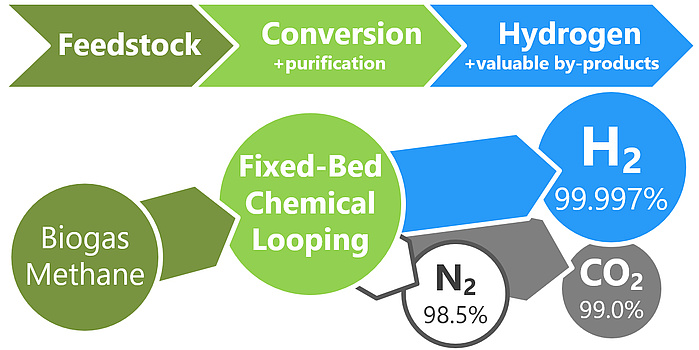
Figure 4: High-purity hydrogen production through chemical looping with pure carbon dioxide and nitrogen sequestration.
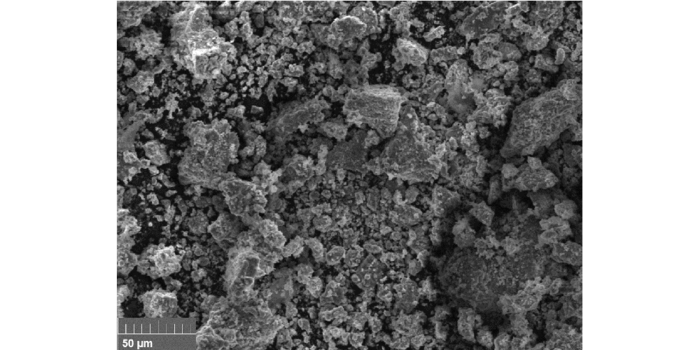
Figure 5: SEM recordng of porous oxygen carrier with aluminum oxide as inert stabilizer.
This research area is anchored in the Field of Expertise “Mobility & Production”, one of five strategic foci of TU Graz.
You can find more research news on Planet research. Monthly updates from the world of science at Graz University of Technology are available via the research newsletter TU Graz research monthly.
